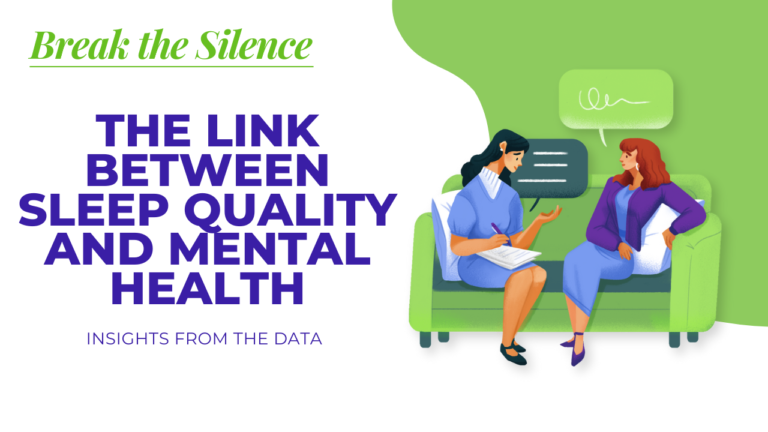
Introduction
Back pain is one of the most common complaints among adults, and if you’re among the millions struggling with it, you know how challenging it can be to find lasting relief. While there are many treatments available, one often-overlooked solution is adjusting your sleep position. If you’re waking up with back pain or discomfort, your sleep position may be contributing to the issue. In this guide, we’ll discuss how to change your sleep position to alleviate back pain once and for all, helping you enjoy a pain-free morning.
Why Sleep Position Matters for Back Pain
Your sleep posture plays a significant role in how your spine and muscles are aligned throughout the night. Incorrect positioning can lead to undue pressure on your spine, muscles, and joints, which may cause or exacerbate back pain. Whether you sleep on your back, side, or stomach, understanding the right way to align your body during sleep is crucial in reducing pain and promoting spinal health.
Common Sleep Positions and Their Effect on Back Pain
1. Sleeping on Your Back
Sleeping on your back is often considered the best position for spinal alignment because it evenly distributes your body weight. However, if you’re experiencing back pain, you may need to adjust your posture even in this position.
Tips:
- Place a pillow under your knees to keep your spine’s natural curve intact.
- Use a small rolled-up towel under your lower back for additional support.
- Ensure your head pillow is not too high or too low to maintain neck alignment with the spine.
2. Sleeping on Your Side
Side sleeping can also be beneficial for back pain, but it requires some adjustments to avoid stressing your spine. The goal is to keep your body in a neutral alignment, avoiding any slouching.
Tips:
- Place a pillow between your knees to prevent your upper leg from pulling down your spine.
- Make sure your head pillow is firm enough to keep your neck aligned with your spine.
- Keep your arms in front of you rather than above your head to avoid shoulder strain.
3. Sleeping on Your Stomach
Sleeping on your stomach is generally not recommended for those with back pain, as it can create additional stress on your neck and spine. However, if this is your preferred position, there are ways to mitigate the discomfort.
Tips:
- Use a very thin pillow, or consider no pillow under your head, to keep your neck in a more neutral position.
- Place a pillow under your pelvis to relieve pressure on your lower back.
Additional Tips for Relieving Back Pain During Sleep
1. Choose the Right Mattress
Your mattress can significantly affect your sleep quality and back health. A mattress that’s too soft or too firm can exacerbate back pain. Look for a mattress that supports your body’s natural curves and provides a medium-firm feel, which is often ideal for most people.
2. Use Supportive Pillows
Pillows are not only for your head but also for supporting your neck, back, and knees. Consider using pillows to keep your body in alignment, especially if you change positions during the night.
3. Consider a Sleep Position Trainer
If you tend to toss and turn or change positions throughout the night, a sleep position trainer can help you maintain a more neutral spine alignment by gently encouraging you to stay in the optimal position.
When to Seek Professional Help for Back Pain
While changing your sleep position can make a big difference in alleviating back pain, it may not be enough if your pain is chronic or severe. If you’ve tried adjusting your sleep posture and haven’t experienced relief, it may be time to consult with a healthcare professional. A physical therapist, chiropractor, or orthopedic specialist can offer personalized advice and treatments tailored to your specific needs.
Conclusion
Adjusting your sleep position to relieve back pain is a simple yet effective strategy that can improve your quality of sleep and help you wake up pain-free. By understanding the best sleep positions for back pain relief and following the tips in this guide, you can enjoy better nights and healthier mornings. Remember, consistency is key, and if needed, seek professional help to address underlying issues.

















